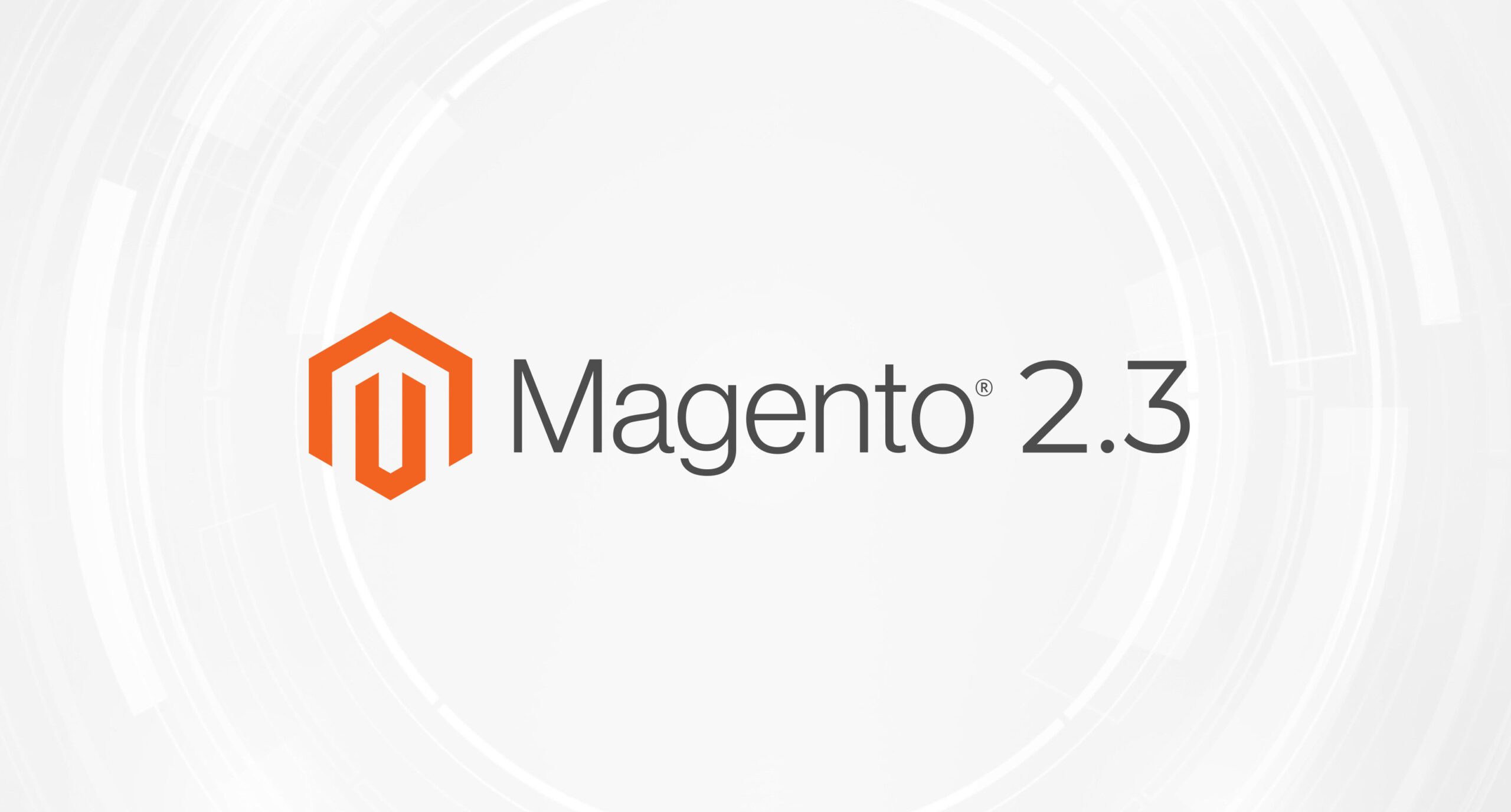New product releases are exciting.
Especially for those of us working on Magento.
That’s why we’re taking a deep dive into what’s new with Magento 2.3, which was released in late November 2018. Let’s take a peek under the hood and learn about the most exciting new features for merchants and developers.
Expanded mulitple-source inventory (MSI) capabilities
If you run a store with multiple physical product locations – such as a store that uses multiple drop-shipping locations or physical warehouses – these new MSI capabilities are sure to be very helpful.
These new features allow you to track your multi-source inventory from the Magento admin screen, and easily track your stock at multiple locations.
Other features include:
- The ability to assign products and quantities directly to each fulfillment source, distribution center, or drop-shipper.
- Site-by-site inventory tracking for simpler inventory management.
- Real-time rules-based prioritization to manage the inventory sources used to fulfill each order. For example, if you have a warehouse in Des Moines, Iowa, and a customer in Iowa City orders a product, you can build a rule that will ensure your product is sent to them from your Des Moines warehouse – rather than, say, a warehouse in New Jersey. This helps manage inventory more effectively, and improve delivery time.
- Automatic deductions from salable stock when a customer adds a product to cart, resulting in more accurate stock counts, and fewer issues with back-ordered or out-of-stock items.
This new feature integrates with most third-party inventory systems, and you can benefit from all of these features, even if you only have a single inventory source.
Better mobile support with PWA Studio
Magento is dedicated to providing better mobile support for users, and providing developers with all of the tools they need to create mobile-first eCommerce websites.
Because of this, Magento 2.3 was designed to work alongside the Magento PWA (Progressive Web App) studio. This project is intended to help Magento developers build better responsive websites, which offer a greater experience both on mobile devices, and on desktop computers and web browsers.
In addition, because PWA Studio provides developers with reference themes, development guides, and is based on open-source web standards, you can decrease your time to market – and also reduce the total cost of ownership of a Magento 2.3 website.
For more information, and to try out the Magento PWA Studio yourself, you can visit this link, and view some of the themes, UI elements, and tools that are being provided by this open-source project.
PageBuilder
In an effort to make Magento website management and creation more accessible for non-developers, Magento 2.3 has introduced a brand new PageBuilder. Currently, this feature is exclusive to Magento Commerce and will be limited to Early Adopter Program members until the Magento 2.3.1 release.
If you’re a non-technical Magento user, this new feature represents a seismic shift in how Magento can be used. Folks who use other eCommerce platforms, such as Shopify, often point at the difficulty of modifying and creating Magento pages as one of the main weaknesses of the Magento platform.
PageBuilder changes everything.
PageBuilder features include:
- An intuitive, drag-and-drop interface with a WYSIWYG design.
- Simple tools for adding images, videos, banners, and other page elements.
- Instant preview capabilities for all changes and modifications.
- A flexible, grid-based system that allows for customizable positioning of web elements.
- In-context text editing to help create rich, customized content and product descriptions.
- Full integration with existing Magento functionality, including the Media Gallery and Widgets.
- Content staging, preview, and scheduling features to automate updates and streamline the process of posting and publishing content.
- Support for customizable dynamic content blocks, which can be used across your entire website.
Using simple, drag-and-drop tools, Magento users can quickly make simple modifications without diving into pages and pages of HTML and CSS code.
Other product highlights
We’ve already listed the biggest changes in Magento 2.3 above, but there are a few other miscellaneous changes and product highlights that may also be of interest to Magento users and developers.
- Support for Google ReCAPTCHA and Two Factor Authentication (2FA). This is a great update, as it will help secure your stores, and prevent bots and malicious hackers from compromising your Magento account.
- Expanded support for Magento Shipping, with more fulfillment options and better global availability.
- Support for PHP 7.2.
- Support for GraphQL.
- Improved indexing performance by 60%, thanks to a new indexing system which uses advanced sharding and parallel processing architecture. This will help improve performance and streamline product updates for larger Magento sites.
- The introduction of a new asynchronous, batch web API, powering faster site performance.
If you’re interested in learning more about all of the latest Magento 2.3 updates, check out this blog post from Magento. You can get a further breakdown of each individual update, and what it may mean for you, as a Magento user or developer.
Magento just keeps on getting better…
These are exciting times to be involved in the world of eCommerce, particularly for those working with Magento.
Over the last several years, we’ve seen a myriad of product updates that are designed to make this powerful platform simpler and easier to work with – while still preserving its customizable, open-source nature. And with the impending release of Magento 2.3.1, we can expect to see even more great updates, features, and performance improvements.


Leave a Reply
You must be logged in to post a comment.